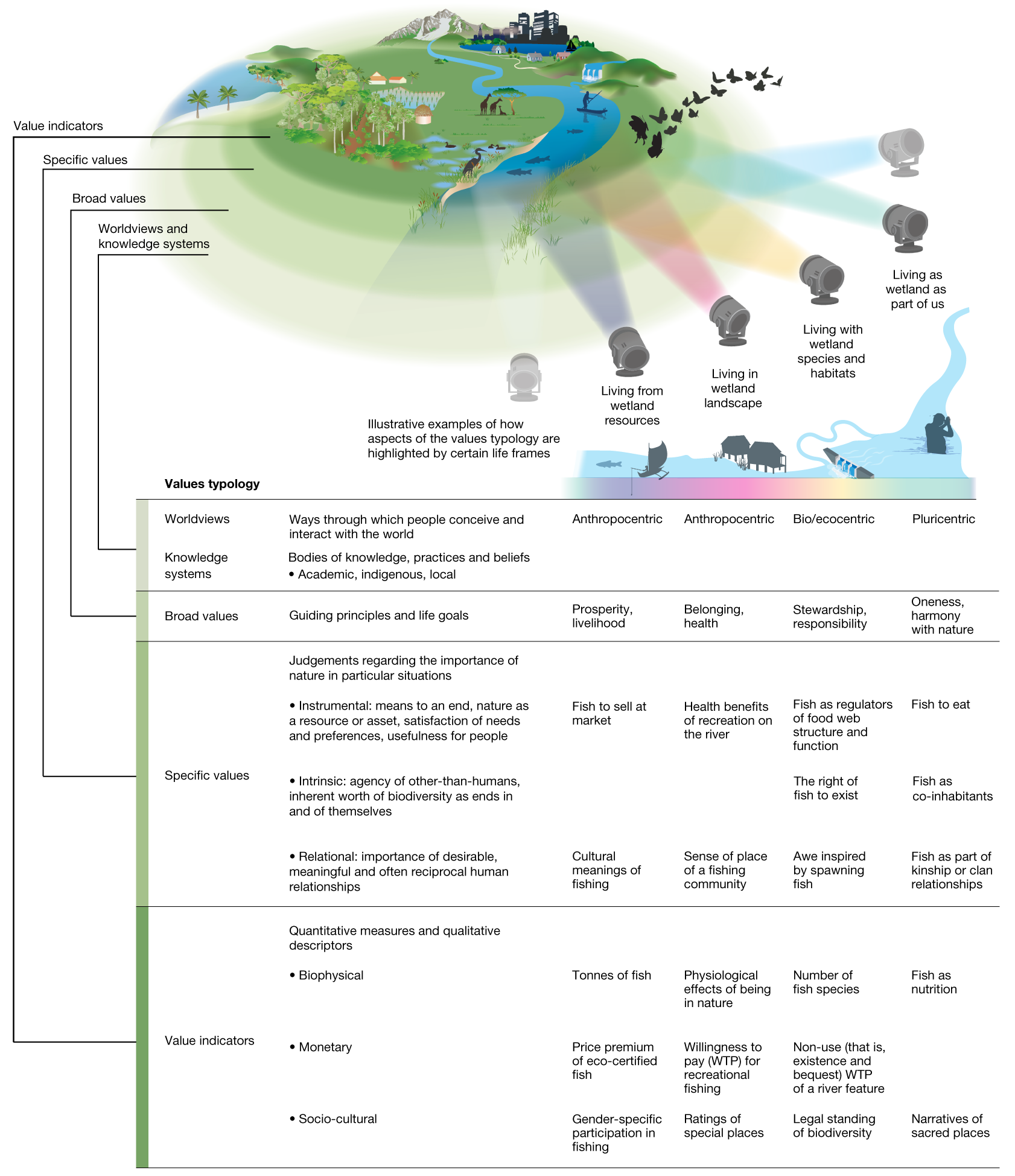Sustainability, Free Full-Text
Por um escritor misterioso
Last updated 23 dezembro 2024

Urbanization and expansion in each city of emerging countries have become an essential function of Earth’s surface, with the majority of people migrating from rural to urban regions. The various urban category characteristics have emphasized the great importance of understanding and creating suitable land evaluations in the future. The overall objective of this study is to classify the urban zone utilizing building height which is estimated using Sentinel-1 synthetic aperture radar (SAR) and various satellite-based indexes of Sentinel-2A. The first objective of this research is to estimate the building height of the Sentinel-1 SAR in Nonthaburi, Thailand. A new indicator, vertical-vertical-horizontal polarization (VVH), which can provide a better performance, is produced from the dual-polarization information, vertical-vertical (VV), and vertical-horizontal (VH). Then, the building height model was developed using indicator VVH and the reference building height data. The root means square error (RMSE) between the estimated and reference height is 1.413 m. Then, the second objective is to classify three classes of urban types, which are composed of residential buildings, commercial buildings, and other buildings, including vegetation, waterbodies, car parks, and so on. Spectral indices such as normalized difference vegetation index (NDVI), normalized difference water index (NDWI), and normalized difference built up the index (NDBI) are extracted from the Sentinel-2A data. To classify the urban types, a three-machine learning classifier, support vector machine (SVM), random forest (RF), and k-nearest neighbor (KNN) were developed. The classification uses randomly trained data from each 500 m focus study which are divided into a 100 × 100 m grid. Different models are examined using different variables, for example, classification using only building height and only spectral indices. The indices and estimated building height were used to classify the urban types. Not only the average of various satellite-based indices and building height of 100 × 100 m grid was used, but also the minimum, maximum, mean, and standard deviation were calculated from NDVI, NDWI, NDBI, and building height. There are a total of 16 variables used in the model. Eventually, the principal components analysis (PCA) was used to reduce the variables and get better performance of the models. SVM showed better accuracy than the other two, RF and KNN. The accuracies of SVM, RF, and KNN are 0.86, 0.75, and 0.76, respectively.

Sustainability animated word cloud, text, Stock Video

Sustainability, Free Full-Text

Sustainability, Free Full-Text
Sustainability: A Comprehensive Foundation : Tom Theis and

Sustainability word cloud. Environmental sustainability text

Goal 4 Department of Economic and Social Affairs
:max_bytes(150000):strip_icc()/terms_s_sustainability_FINAL-78ce04eecd9b42e8ab1222b98c6aa79e.jpg)
What is Sustainability? How Sustainabilities Work, Benefits, and

Diverse values of nature for sustainability
Sustainability : a Bedford spotlight reader : Weisser, Christian R
Recomendado para você
-
scpcb/NPCs.bb at master · Regalis11/scpcb · GitHub23 dezembro 2024
-
SCP Foundation: SCP-7143-J [SFW?]23 dezembro 2024
-
![7143-J SCP Foundation [RUS] Amino](http://pm1.aminoapps.com/7410/73c21043b027e12185482bb12bd40b31d49ade06r1-731-685v2_uhq.jpg) 7143-J SCP Foundation [RUS] Amino23 dezembro 2024
7143-J SCP Foundation [RUS] Amino23 dezembro 2024 -
 Gooey Earrings - Drawception23 dezembro 2024
Gooey Earrings - Drawception23 dezembro 2024 -
 S I M P SCP Foundation (RP) Amino23 dezembro 2024
S I M P SCP Foundation (RP) Amino23 dezembro 2024 -
I can't believe this happened 😂 #screammovie #ghostface #scream6 #scr23 dezembro 2024
-
 Journal of Comparative Neurology, Systems Neuroscience Journal23 dezembro 2024
Journal of Comparative Neurology, Systems Neuroscience Journal23 dezembro 2024 -
 Surprised no one has posted this yet Source(NSFW): - #177353993 added by nuclearnacho at Almost there23 dezembro 2024
Surprised no one has posted this yet Source(NSFW): - #177353993 added by nuclearnacho at Almost there23 dezembro 2024 -
 Inhibition of HIV-1 Replication and Activation of RNase L by Phosphorothioate/Phosphodiester 2′,5′-Oligoadenylate Derivatives - ScienceDirect23 dezembro 2024
Inhibition of HIV-1 Replication and Activation of RNase L by Phosphorothioate/Phosphodiester 2′,5′-Oligoadenylate Derivatives - ScienceDirect23 dezembro 2024 -
 TrkB-expressing paraventricular hypothalamic neurons suppress appetite through multiple neurocircuits23 dezembro 2024
TrkB-expressing paraventricular hypothalamic neurons suppress appetite through multiple neurocircuits23 dezembro 2024
você pode gostar
-
 Dwayne Johnson WrestleMania Chef WWE Raw, triple h, professional Wrestling, cooking, meme png23 dezembro 2024
Dwayne Johnson WrestleMania Chef WWE Raw, triple h, professional Wrestling, cooking, meme png23 dezembro 2024 -
 TIP DANA - HNL - Rijeka vs Hajduk Split23 dezembro 2024
TIP DANA - HNL - Rijeka vs Hajduk Split23 dezembro 2024 -
 Pyramid Head, Origin and History23 dezembro 2024
Pyramid Head, Origin and History23 dezembro 2024 -
 Oshi no Ko Manga - Chapter 51 - Manga Rock Team - Read Manga Online For Free23 dezembro 2024
Oshi no Ko Manga - Chapter 51 - Manga Rock Team - Read Manga Online For Free23 dezembro 2024 -
 Rebirth Lyrics - SK Nova - Only on JioSaavn23 dezembro 2024
Rebirth Lyrics - SK Nova - Only on JioSaavn23 dezembro 2024 -
ممهای فارسی ! meme faces farsi - NO !23 dezembro 2024
-
 Jan Mlakar FIFA 23 Mar 24, 2023 SoFIFA23 dezembro 2024
Jan Mlakar FIFA 23 Mar 24, 2023 SoFIFA23 dezembro 2024 -
 UnovaRPG Pokémon Amino23 dezembro 2024
UnovaRPG Pokémon Amino23 dezembro 2024 -
 13,797 imágenes, fotos de stock, objetos en 3D y vectores sobre Sad woman profile23 dezembro 2024
13,797 imágenes, fotos de stock, objetos en 3D y vectores sobre Sad woman profile23 dezembro 2024 -
 Conheça os 6 melhores celulares para jogos em 202323 dezembro 2024
Conheça os 6 melhores celulares para jogos em 202323 dezembro 2024

